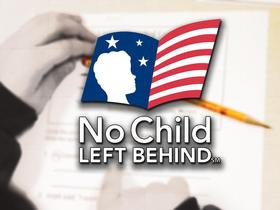When it comes to the education of our country’s children, there are many choices today. Whether a child has high academic potential, special needs, or an eye on a career track, schools across the country are ready to answer the call. Take a look at three categories of schools that strive to serve a select segment of our student population today.
Blue Ribbon Schools
In 1982, the Blue Ribbon School program was established by Terry Bell, the Education Secretary at the time. The purpose of the program was to raise the public school system to a new level by recognizing schools across the country that achieved high levels of performance and improvement. Now dubbed the National Blue Ribbon School Program, the system continues to draw attention to outstanding elementary, middle, and high schools in both the public and private sectors.
In order to be eligible for Blue Ribbon status, the Department of Education’s website states that schools must demonstrate one of the following:
- Outstanding academic performance, through standardized assessment test scores in math and reading
- Outstanding improvement in academic performance, again exemplified by state assessments in math and reading
Exemplary improving schools must also demonstrate a student population where at least 40 percent comes from disadvantaged backgrounds. Both public and private schools must follow similar performance criteria, but the nomination process is slightly different between the two. Public schools are nominated by a number of offices, including the Chief State School Officer,






















